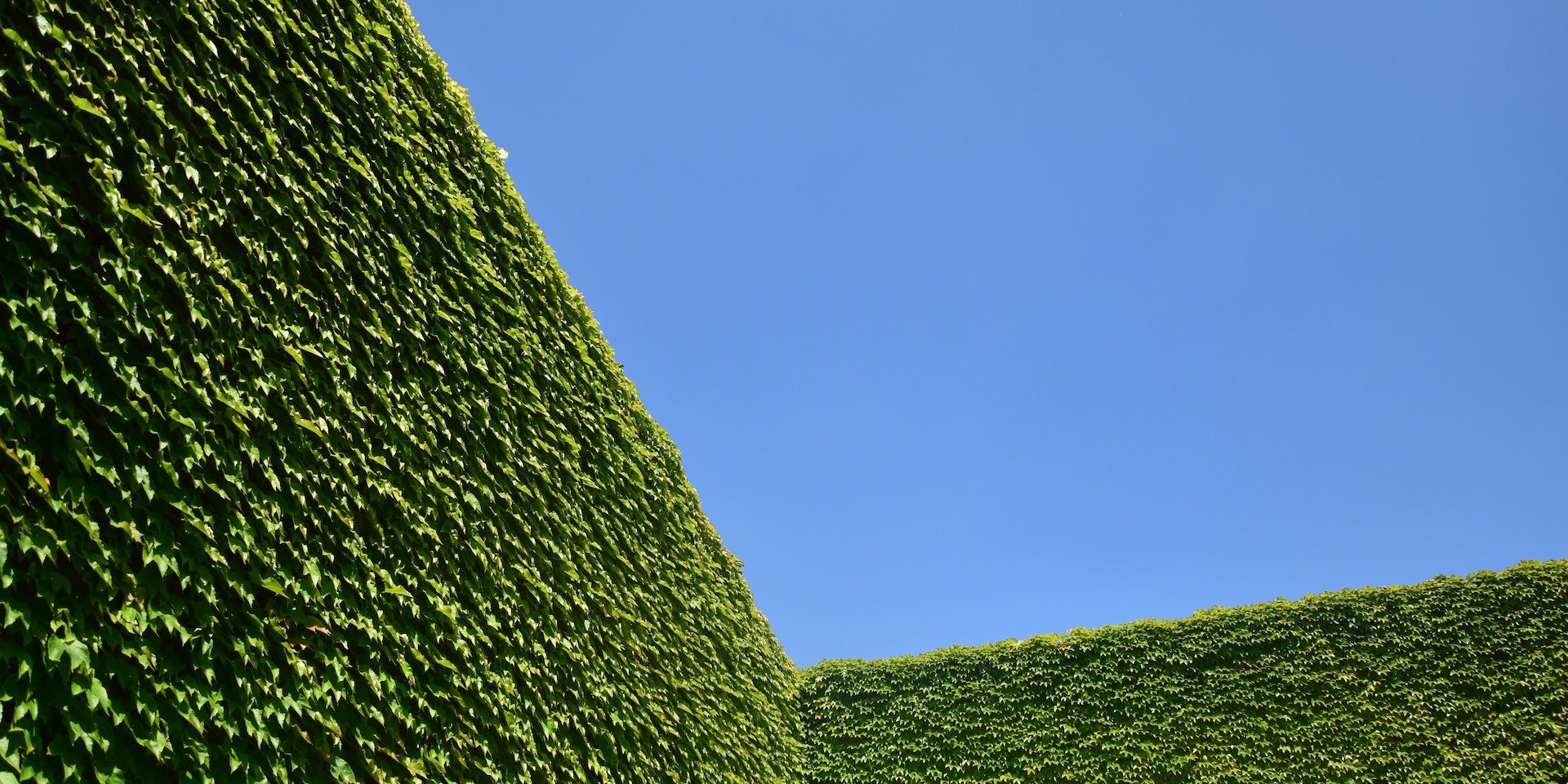With its hot, humid climate, South Florida offers ideal growing conditions for lush, vibrant gardens But privacy is often a concern in this densely populated region. Fortunately, there are many hedge plants that thrive in South Florida and make excellent additions for boundaries and seclusion
Hedges not only create privacy, but also add unique texture and greenery. The right hedging plants can provide food and habitat for birds, pollinators, and other wildlife. When planted strategically, hedges help define spaces, direct foot traffic, and add visual interest.
If you need to screen a view reduce noise or delineate property lines with natural materials, consider these top seven hedges for South Florida gardens
1. Simpson’s Stopper
- Grows up to 15 feet tall
- Dense, glossy green foliage
- White spring flowers attract pollinators
- Tolerates salt spray, drought, and humidity
- Native Florida plant
With its rapid growth and bushy habit, Simpson’s stopper makes an excellent tall privacy hedge. It thrives in full sun to part shade and adapts readily to South Florida’s warm climate. Once established, it needs minimal care beyond occasional pruning.
2. Viburnum
- Grows 6 to 15 feet tall
- Broadleaf evergreen foliage
- Clusters of tiny white flowers in spring
- Withstands coastal conditions
- Drought tolerant once established
Viburnum offers versatility, growing well as a hedge or specimen shrub. Its waxy leaves provide good year-round privacy. There are many viburnum species and cultivars to choose from. Walter’s viburnum is a popular native variety.
3. Arborvitae
- Grows 40 to 60 feet tall
- Slender, pyramidal form
- Soft, dense foliage in varied hues
- Tolerates heat, humidity, and drought
- Low maintenance needs when established
With their uniform growth habit, arborvitaes are ideal for tight, formal hedges. They thrive with some afternoon shade in South Florida’s intense sun. Regular shearing keeps them neat and compact.
4. Gardenia
- Grows 4 to 8 feet tall
- Dark green leathery leaves
- Fragrant white blooms in spring and summer
- Does best in part shade with shelter from wind
- Needs acidic, well-draining soil
Gardenias are prized for their intoxicating floral fragrance. Their lush foliage also makes them excellent hedging plants, though they require more careful siting and care than other options. Shelter them from hot afternoon sun and salt spray.
5. Podocarpus
- Grows 15 to 25 feet tall
- Conical shape with woody stems
- Flat, elongate evergreen leaves
- Tolerates coastal and urban conditions
- Salt-tolerant and drought-resistant
With their tidy form and ability to handle heat, podocarpus make exceptional screening hedges. They flourish with minimal care and lend a tropical look to South Florida gardens. Some varieties display vibrant purple or gold tinted foliage.
6. Indian Hawthorne
- Grows 3 to 8 feet tall
- Green or variegated leaves
- Profuse flowering in white, pink, or red
- Withstands heat, humidity, and drought
- Low maintenance and easy to prune
This compact shrub offers dense foliage and vivid floral displays. Indian hawthorn adapts readily to borders, foundation plantings, and low hedges. Regular shearing encourages fullness. Some species spread aggressively, so monitor growth.
7. Silver Saw Palmetto
- Grows 6 to 10 feet tall
- Blue-green fan-shaped foliage
- Salt and drought tolerant
- Provides food and habitat for wildlife
- Florida native plant suitable for natural hedges
With its striking color and graceful form, the silver saw palmetto adds tropical flair and wildlife habitat. It has sharp-toothed leaf stems, so plant away from high traffic areas. Dramatic when underplanted with colorful flowers.
Determine the best hedge plants for your site by assessing growing conditions like sunlight, soil, and irrigation. Look for native species when possible to benefit local ecosystems. With proper selection and care, hedges enhance privacy and beauty in South Florida gardens.

Considerations for Privacy Hedges in Florida
Climate Tolerance: Select plants suited to Florida’s climate zones, capable of withstanding heat, humidity, and occasional cold snaps.
Maintenance: Fast growers might need regular trimming to keep a neat appearance.
Wildlife: Pick plants that are good for local wildlife. These plants will give you privacy and a place for birds and good bugs to live.
Spacing: Adhere to recommended spacing guidelines to ensure plants grow into a dense barrier without overcrowding.
Soil Preparation: Enhance soil with organic matter for the best plant health.
Watering: Maintain a consistent watering schedule until plants are established.
Widest Coverage for Maximum Privacy
1. Bamboo Wamin Bamboo
Varieties: Opt for clumping varieties for controlled growth. Features: Bamboo grows rapidly, offering wide coverage quickly. Choose the right variety to prevent invasive spreading.
2. Podocarpus (Podocarpus macrophyllus)
It grows slowly and can reach a height of 40 to 50 feet. This plant, which is also called “Japanese Yew,” can be shaped into a dense hedge and is great for making tall, tight privacy screens.
3. Florida Privet (Forestiera segregata)
- Growth Rate: Fast
- Maximum Height: 10 to 15 feet (can be trained to grow taller as a hedge).
- Florida Privet is a native shrub that does well in Florida’s climate and provides a thick hedge of leaves. It grows well in a wide range of soils and conditions, which makes it a good choice for privacy hedges. Because it can be cut into different shapes, it can be used to make privacy screens that fit the needs of any garden.
4. Simpson’s Stopper (Myrcianthes fragrans)
- Growth Rate: Moderate to Fast
- Max Height: 20 feet
- Features: Simpson’s Stopper is native to Florida and has dense leaves and small, fragrant white flowers that butterflies love. You can cut it back to make a formal hedge, or you can let it grow wild for a more casual look.
10 Most Popular Florida Native Shrubs to Brighten Up Your Space
FAQ
What is the difference between Podocarpus and clusia hedge?
